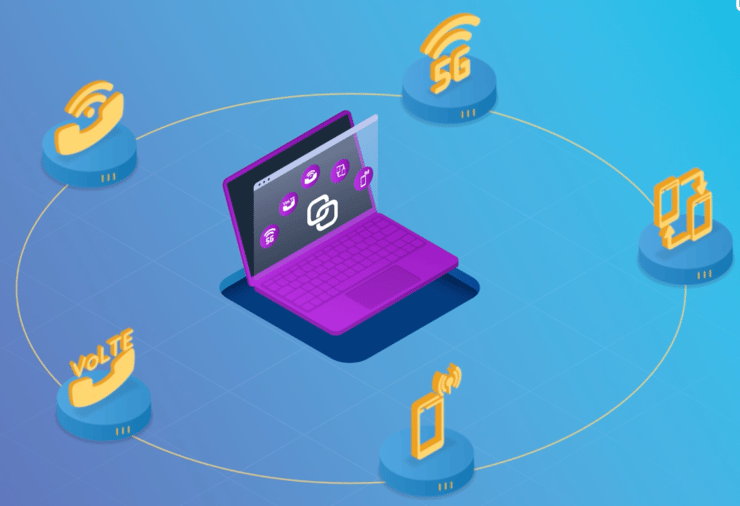Carriers Leverage Device Entitlements to Enhance Smartphone Upgrades for Customer Retention

How your customers used to upgrade their smartphones was a breeze with SIM cards. They simply popped open the SIM tray of their current device using a dedicated tool or a paperclip, retrieve the SIM card, and then insert it into the SIM tray of the new device. After that, it's all set to go.
Due to the long-standing standardisation of the nano-SIM size, the process has remained consistent regardless of which device your customers have, are changing to, or the mobile carrier in question. However, in a world where mobile devices are transitioning away from SIM cards to eSIM, everything is different. There will no longer be any need to physically transfer a SIM card between devices when upgrading. 
So, if your customer’s current smartphone has an eSIM, how can they easily transfer that to a new model?
Every carrier will have a different procedure and It’s unlikely the customer will know what the correct procedure is - and more often than not, they’ll be faced with the prospect of phoning the carrier’s customer care line to find out.
Given that customers do not typically have great experiences with customer care lines due to these reasons
・Long waiting times,
・Multi-level menus
・Automated scripts
・The need to remember passcodes
・etc
There is the real temptation for the customer to simply sign-up with a different carrier via the web, and be up and running with their new device in just a couple of minutes. Even if the customer does decide to persevere and phone customer care, there is an immediate financial cost to the carrier for doing so; typically around $0.40 to $0.90 per minute.
There has to be a better way, and thankfully there is! The major device OEMs understand the customers desire for quick and easy device upgrade whilst remaining with the same carrier, and this has led them to develop straightforward procedures to allow this.

How Apple and Android do with eSIM Transfer
Take Apple, for instance, with their eSIM Quick Transfer process. The customer merely powers on both devices, then brings them together, and follows the on-screen instructions. Likewise, with Android, the transfer experience is very similar.
The eSIM transfer occurs automatically in around a minute. The customer's photos, videos, and other files can also be transferred at the same time. This not only retains the simplicity reminiscent of SIM cards but also enhances it, requiring just a few clicks and no hunting around for a paperclip.

How Does It Operate?
The answer lies in a technology called ‘Device Entitlements’.
An Entitlement Server is a backend entity that orchestrates the user experience for a number of mobile-related services, including 5G, messaging and video services, voicemail, roaming and smart watch/wearable provisioning.
The list of services being managed by Device Entitlements is growing all the time. One of the most recent use cases for iOS devices is 'eSIM Quick Transfer’, which solves the problems we mention above, allowing customers to upgrade from their existing iPhone to the latest model in just one click. There's an equivalent use case for upgrading Android devices.
 How Can Carriers Get Setup with Entitlements?
How Can Carriers Get Setup with Entitlements?
We are confident that AirOn360® ES, a collaboration between NetLync and G+D, is the fastest route for any carrier to get up and running with Entitlements and Device Transfer. Our self-service, developer-led approach allows their technical team to work at their own speed, which normally takes just a few weeks to launch. The process is simply signing up to a free account on our Developer Portal. From there, carriers can select the use cases they require, build and test the necessary APIs in their OSS/BSS stack, then go live. What's even better - Carriers don't pay anything until they go live.
Sign up for a free account today. Or to find out more about AirOn360® ES, please contact us.